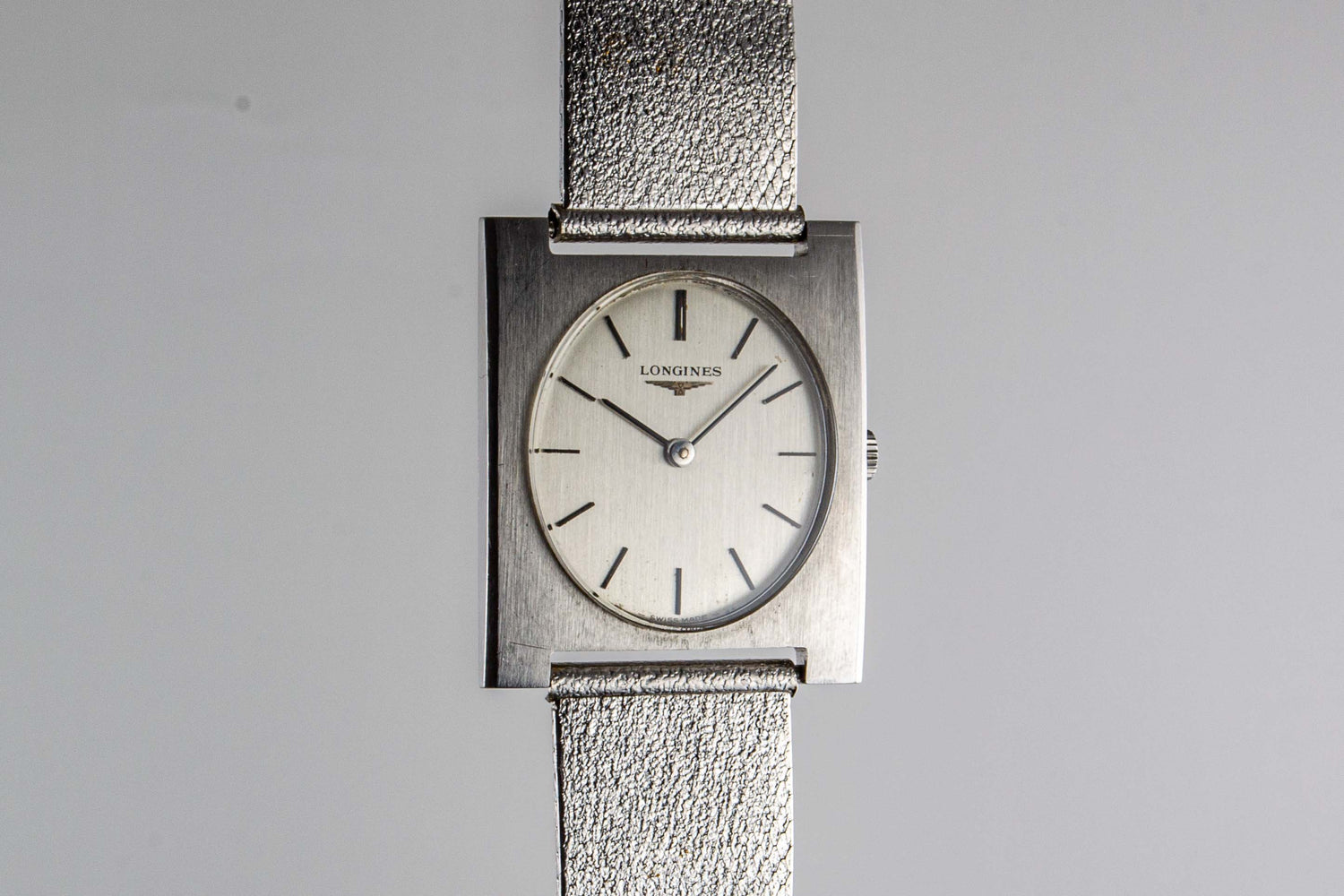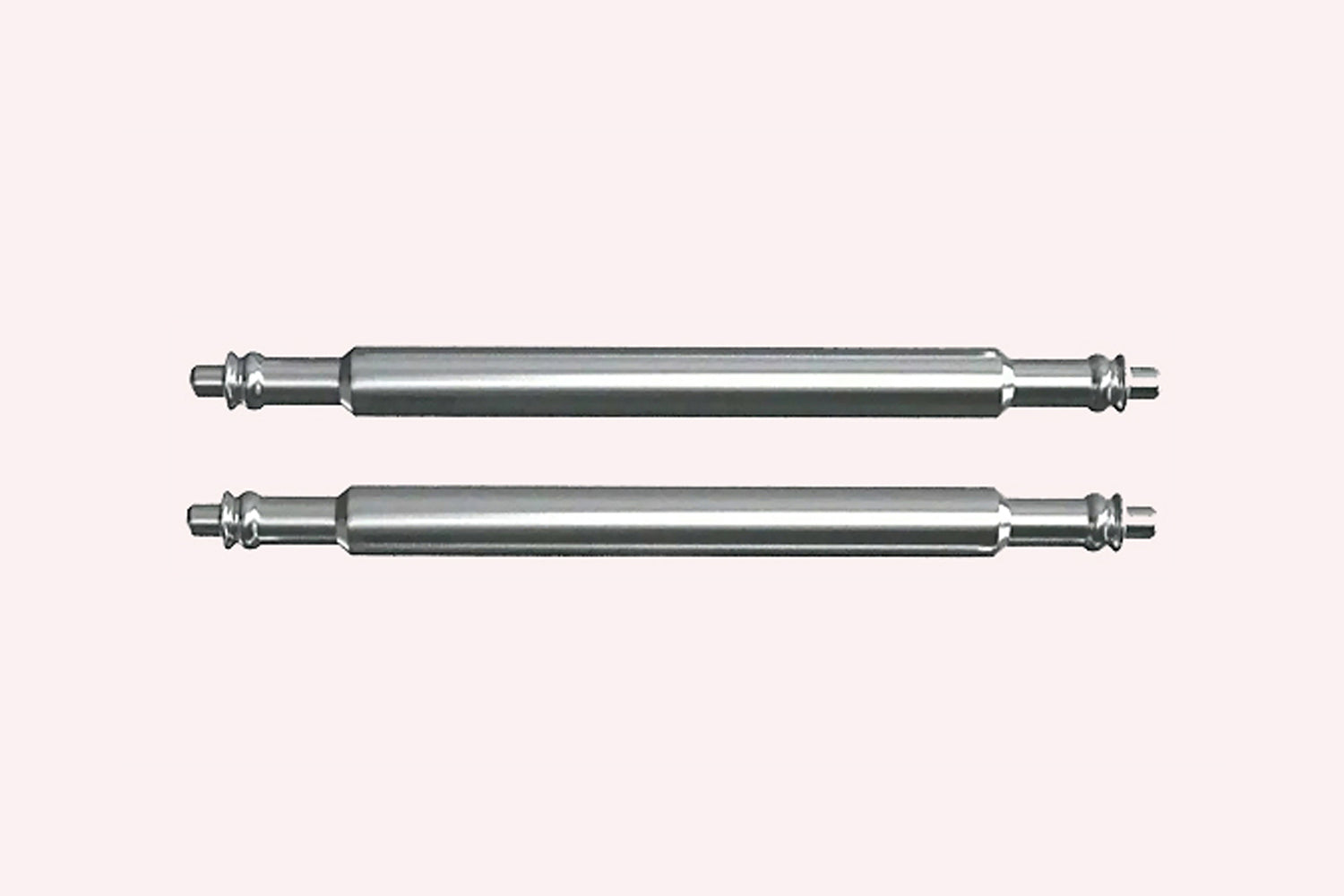Drowned Seiko Diver watch, the 2 fatal errors
Joshua GrilletThe Seiko Samuraï diver’s watch
Learning from your mistakes is good, but learning from the mistakes of others is much better.
Today we find ourselves facing a best seller of Seiko diving watches, the Samuraï, here in the Blue Lagoon limited edition released in 2017.

Diving Watch Observation
I was entrusted with this watch which took on water after a swim.
Here is the Samurai as I received it at the workshop:




The dial is slightly pitted and small drops of water are still there. The indexes are oxidized and the Lumibrite is blistered in places, mainly at noon and 6 o'clock.
The date disc has taken on a pretty rusty tint.
I continue the inspection.

There is some slime inside the bottom of the box.
Hang in there for the rest.

The 4R35 movement is a pile of rust.
How can water and rust be found in a 200m waterproof watch?
- Water: It entered while swimming in the sea when the screwed crown was not correctly locked.
- Rust: The incident took place in August and the watch arrived at the workshop at the end of December. The movement did not appreciate living with sea water for 5 months.
I continue the disassembly and remove the needles.

The troubles continue. The barrel of the second hand has separated from its body.
I remove the dial.


Without surprise.
The Seiko NH35 movement
The objective here is to get the watch back into operation at a lower cost at the customer's request. And for that I have to replace the movement.
Seiko markets its 4R35 movement to numerous micro-brands. The movement is anonymous and bears the name NH35.
Good news! It is very affordable and accessible. You can find it here :


The movement is there, I can move on to winding.
The needle needs to be repaired first. Using a Seitz stem, I'm going to re-throw the barrel.



The dial is cleaned as best as possible, I install it on the movement and place the hands.

Before moving on to the casing, I test the watertightness of the case.

It's a failure, water enters the box through the crown. After inspection, one of the 3 seals is defective, it must be replaced with a new one.

Following replacement of the seal, the test finally proved conclusive.

The case is waterproof and clean, I can reassemble everything.


This Seiko Samurai now functions perfectly thanks to its new movement but some scars remain.
They are even more noticeable in this photo in the dark.

To conclude, some advice:
- Remember to screw in the screw-down crown all the way. Otherwise it is an entry point for dust and water in liquid and gaseous form.
- If you use your watch for aquatic activities, you must have its water resistance checked every year by a watchmaker.
- If, despite this, your watch gets wet, take it to a watchmaker as soon as possible. Without this, his condition will become more and more critical.
You can find the other blog articles here: Blog
And you, for or against swimming with your watch?
Joshua Grillet
Founder of LumeVille and watchmaker



7 comments
Merci Yannis !
Le client a constaté que la couronne était dévissée.
Depuis l’accident, le client n’a pas touché à la montre donc c’est probablement le contact direct avec l’eau de mer qui a abîmé le joint.
Et la montre est resté “dans son jus” d’août à décembre, ce qui n’aide pas :)
Bonjour, super reportage de sauvetage (en mer 😄) !
Le joint défectueux ne peut pas expliquer à lui seul la prise d’eau, le client a bien constaté que la couronne était dévissée ?
Comment un joint peut-il si vite s’endommager sur une montre récente ?
Merci d’avance !